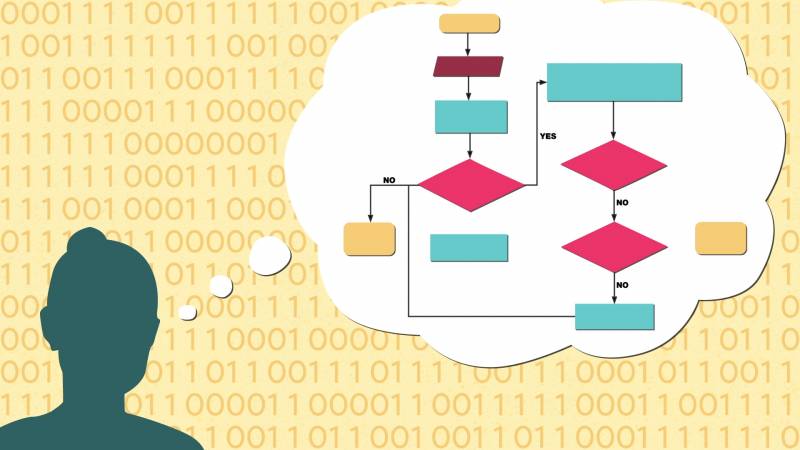Today’s students have grown up their entire lives immersed with technology at their fingertips and have been coined “digital natives” — native speakers of the digital language of computers, video games and the internet. Computer and data science classes are also more common in the K-12 space, allowing students to not just be consumers, but active creators and innovators in the tech field. Here are some helpful videos from our video series Above the Noise that teachers can use to help students better understand the real life applications of the concepts taught in computer and data science classrooms. Students can also view the videos and discuss the topics with peers around the country with KQED Learn Discussions, a platform where teachers can find more classroom resources to support critical thinking and civil discourse.
Knowing how personal data is used on the internet is necessary for students to understand in order to better protect and represent themselves online and become digital citizens. 5 Tips to Protect Your Privacy Online (Feat. EFF) provides some helpful and practical tips for online privacy that students can use.
Is Facial Recognition Invading Your Privacy? explains how the data collected about us on the internet, especially via social media posts, can be used and analyzed by artificial intelligence to perform facial recognition for tracking or surveillance purposes. As students are using school issued chromebooks or tablets at home, it is also important to understand how schools can potentially see everything they do while using these devices. Your School is Watching You Online…Should They? explores how far schools should monitor students and how this impacts student privacy.
Algorithms are the backbone to computer science. They give instructions for every source of technology that we use in life. For example, they collect our search and viewing data to shape what we see on the internet and social media. In the episiode How Much Can We Trust YouTube for Reliable Information? students learn and understand how YouTube algorithms work and how to avoid the rabbit hole when spending hours on the app.
